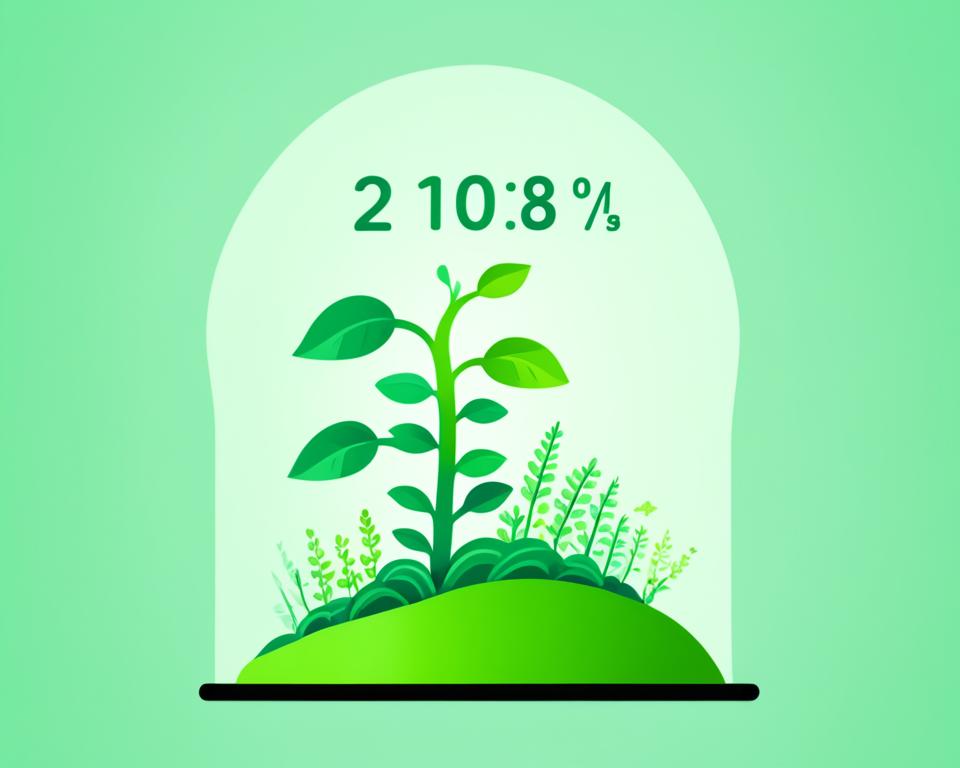The concept of an introductory payment
An introductory payment is a feature commonly offered by credit card issuers to attract new customers. It is also known as an initial bonus or sign-up bonus. This payment typically provides a financial incentive in the form of cashback rewards, loyalty points, or a statement credit. The main purpose of the introductory payment is to entice consumers to apply for a specific credit card and encourage them to use it for their purchases.
The introductory payment is usually awarded to cardholders who meet certain requirements, such as making a minimum spend within a specified time frame. The amount of the payment can vary depending on the credit card issuer and the specific offer. While it can be a tempting advantage, it is important not to solely base your decision on the introductory payment when choosing a credit card. Consider other factors such as interest rates, annual fees, and reward structures to ensure the card aligns with your financial needs and spending habits.
How the introductory payment works
An introductory payment is a feature commonly found in credit card offers, particularly those aimed at attracting new customers. Essentially, it refers to a limited-time offer where new cardholders can enjoy a lower interest rate or even zero interest for a specific period. During this introductory period, cardholders are often required to make minimum monthly payments, but these payments may go towards reducing their balance or paying off any interest accrued. The main purpose of an introductory payment is to entice new customers by providing them with financial incentives and potential savings, making it an appealing option for those looking to make significant purchases or consolidate existing debt.
To benefit from an introductory payment, one must first apply for a credit card that offers this feature. After evaluating your financial profile and creditworthiness, the credit card issuer determines your eligibility for the introductory payment. If approved, you will receive a credit card with the agreed-upon terms, including the applicable interest rate or duration of the promotional period. It is important to note that once the introductory period ends, the interest rate may increase significantly, so it is crucial to read and understand the terms and conditions before applying for a credit card with an introductory payment.
Length of the introductory payment period
The length of the introductory payment period varies depending on the credit card issuer and the specific terms and conditions of the offer. Generally, it can last anywhere from a few months to a year. During this period, cardholders can take advantage of lower interest rates or even interest-free periods on their purchases or balance transfers.
Some credit cards may offer a promotional rate for purchases made within the first few months, while others focus on balance transfers only. It is important for consumers to carefully read the terms and conditions of the credit card offer to understand the length and specifics of the introductory payment period. Additionally, it’s crucial to take note of any applicable fees or penalties that may be incurred if the terms are not met or if the balance is not paid off within the introductory period.
Types of introductory payments
One common type of introductory payment offered by credit card companies is the cash back bonus. With this type of payment, cardholders can earn a certain percentage of their purchases back as a cash reward. For example, a credit card may offer a 5% cash back bonus on all supermarket purchases for the first three months of card membership. This can be a great way for consumers to earn some extra money or offset their expenses.
Another type of introductory payment is the points or rewards bonus. With this option, cardholders can earn points or rewards for every dollar spent on their credit card during the introductory period. These points can then be redeemed for a variety of rewards, such as travel vouchers, gift cards, or merchandise. Some credit cards may offer bonus points for specific categories of spending, such as dining or gasoline, during the introductory period, allowing cardholders to earn rewards faster in those areas.
Benefits of the introductory payment
One of the major advantages of an introductory payment is the potential to save money. By offering a lower or even zero percent interest rate for a certain period of time, credit card issuers provide cardholders with the opportunity to pay down their debt without incurring additional interest charges. This can be particularly beneficial for individuals who have accumulated a significant amount of debt and are looking for ways to reduce the overall cost.
Another benefit of the introductory payment is the flexibility it offers. With a lower interest rate or no interest rate for a limited time, cardholders have the chance to make larger payments towards their balance without feeling overwhelmed by high interest charges. This can help individuals pay off their debt faster and potentially improve their credit score. Additionally, the reduced interest rate during the introductory period can provide financial breathing room, allowing cardholders to allocate funds towards other essential expenses or savings goals.
Factors to consider before choosing a credit card with an introductory payment
When considering a credit card with an introductory payment, there are several factors to take into account. First and foremost, it is crucial to thoroughly understand the terms and conditions associated with the introductory payment. This includes the length of the introductory period, any fees or charges that may apply, and the interest rate that will be applicable once the introductory period ends. Additionally, it is essential to carefully assess your financial situation and determine if you can realistically meet any spending or repayment requirements that may be associated with the introductory payment.
Another important factor to consider is the credit card’s rewards program and additional benefits. Some credit cards with introductory payments may offer attractive rewards, such as cashback or points for travel, which can add significant value to your overall experience. Furthermore, you may want to investigate if the credit card provides any other perks, such as travel insurance or purchase protection, which can be beneficial depending on your needs and lifestyle. Lastly, it’s advisable to compare the introductory payments and benefits of different credit cards to find the one that best aligns with your financial goals and preferences.
How to qualify for an introductory payment
To qualify for an introductory payment, there are a few key factors that credit card issuers typically consider. First and foremost, having a good credit score can significantly increase your chances of qualifying for an introductory payment. Lenders view borrowers with higher credit scores as less risky, making them more inclined to offer attractive incentives such as introductory payments.
Additionally, your income and employment stability play a crucial role in determining your eligibility. Lenders want to ensure that you have a steady source of income that can support your credit card payments, including any introductory payment arrangements. Therefore, providing proof of employment and income, such as pay stubs or tax returns, is often required when applying for a credit card with an introductory payment.
Common misconceptions about introductory payments
One common misconception about introductory payments is that they are free money. While it is true that credit card issuers offer these enticing initial offers to attract new customers, it is important to remember that these payments are not gifts. They are essentially a temporary reduction in the interest rate or fees for a specified period of time. It is crucial to read the terms and conditions carefully to understand the details of how the introductory payment works and any potential costs or limitations associated with it.
Another misconception is that introductory payments are only beneficial for those who plan to carry a balance on their credit card. While it is true that a reduced interest rate can save money for cardholders with outstanding balances, introductory payments can also be advantageous for those who pay off their balance in full each month. In such cases, the reduction in fees or rewards offered during the introductory period can provide additional value and savings. It is important to assess your own spending and payment habits to determine if an introductory payment will truly benefit you.
Tips for maximizing the value of an introductory payment
When it comes to maximizing the value of an introductory payment on a credit card, there are a few key strategies to keep in mind. Firstly, it’s important to thoroughly understand the terms and conditions of the introductory payment offer. This includes knowing the length of the introductory period, any annual fees or charges that may apply, and the interest rate that will be incurred after the introductory period ends.
Secondly, it can be beneficial to budget and plan your spending accordingly during the introductory period. By taking advantage of the lower interest rate or waived fees, you can focus on paying off existing debt or making larger purchases without the burden of high financing costs. However, it’s crucial to be mindful and responsible in your spending, as overspending can lead to unnecessary debt once the introductory period ends.
Overall, by staying informed and being disciplined in your financial strategies, you can make the most of an introductory payment offer on a credit card. This can help you save money, reduce debt, or even earn rewards during the specified time frame. However, it’s important to remember that these promotions are temporary, and proper planning and financial management are key to maximizing their value.
Alternatives to credit cards with introductory payments
While credit cards with introductory payments can be enticing for some, there are also alternatives available that may better suit certain individuals’ needs. One option is to opt for a traditional credit card without any introductory payment offer. These cards often come with competitive interest rates and can provide a straightforward and predictable payment structure. By choosing a credit card without an introductory payment, individuals can avoid any potential confusion or surprise charges that may arise from these promotional offers.
Another alternative to credit cards with introductory payments is utilizing debit cards or prepaid cards. Debit cards allow users to make purchases with the funds available in their checking account, eliminating the need for credit and the associated fees or interest charges. Similarly, prepaid cards are a viable option for individuals who want to have control over their spending by loading a specific amount onto the card beforehand. While these alternatives may not provide the same convenience or flexibility as credit cards, they can still be effective tools for managing finances and making purchases without the risk of accumulating debt.




